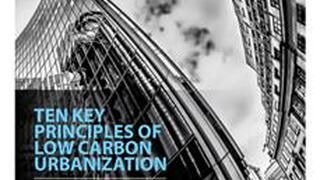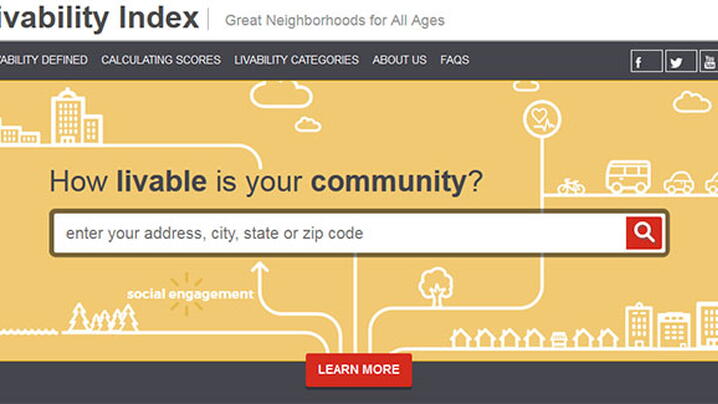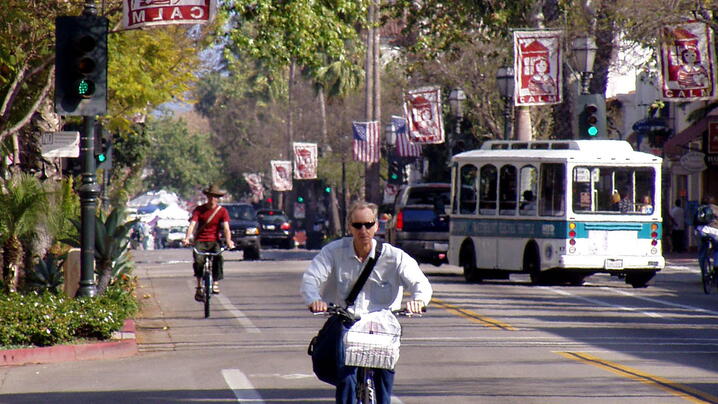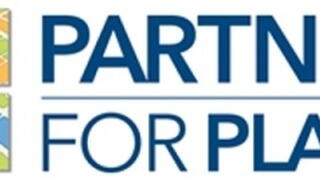
Partners for Places grant program improves U.S. and Canadian communities by building partnerships between local government sustainability leaders and place-based foundations.
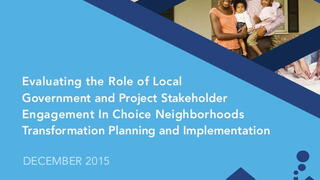
Report of a three-year study of three cities that received funding from the U.S. Department of Housing and Urban Development's Choice Neighborhoods Program.

